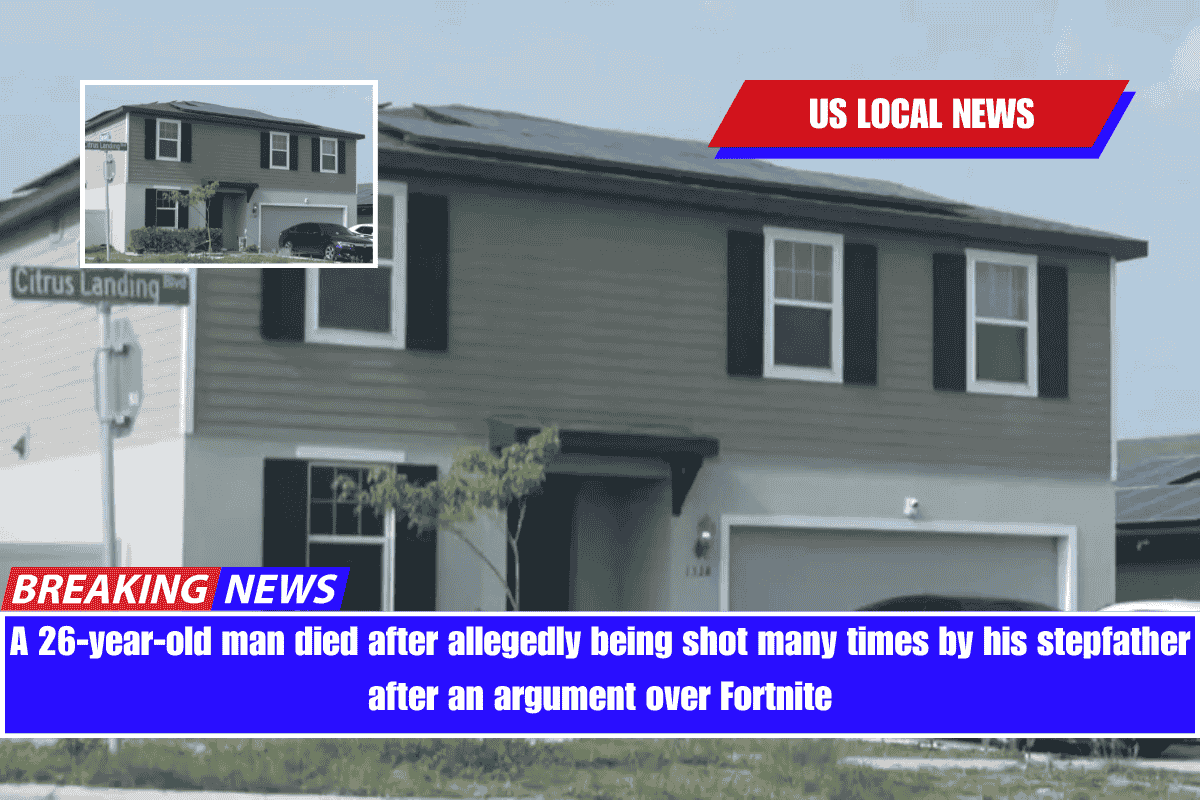Alaska’s Bed Bug Battle: How Five Cities Are Fighting Back in 2025
Alaska, known for its untouched nature, scenic views, and strong communities, is now facing a surprising enemy—bed bugs. Once considered a problem mostly for big cities down south, these tiny pests have now made their way into the Last Frontier. As of February 2025, several Alaskan cities are dealing with growing infestations, with local governments and residents stepping up their game to fight back.
From Anchorage to Wasilla, each city is responding in its own way. Let’s take a look at how five major Alaskan cities are tackling the bed bug challenge head-on.
Anchorage: The Heart of the Infestation
Anchorage, Alaska’s largest and busiest city, has seen the highest number of bed bug reports. As a major travel hub, Anchorage is especially vulnerable because bed bugs often travel via luggage, clothing, and public transport.
How Anchorage Is Responding:
Professional pest control teams are carrying out detailed inspections across the city.
Heat treatments, which are known to be effective in killing bed bugs, are being used where possible.
Public awareness campaigns are being launched to teach people how to prevent infestations.
EPA-approved chemicals and treatments are being applied for safe and effective pest control.
Fairbanks: Turning to Teamwork and Technology
Fairbanks, home to a large student population and a mix of temporary residents, has also reported rising cases. The city is focusing on smart detection and early action.
Fairbanks’ Approach:
Local officials are working with pest control experts to create a coordinated plan.
Bed bug-sniffing dogs are being used to help identify infestations with precision.
Regular inspections in dorms and rental housing are helping catch the problem early.
The city is using Integrated Pest Management (IPM), a method that combines different strategies for long-term control.
Juneau: Protecting Tourism and Government Spaces
Juneau, the capital of Alaska, understands that a bed bug outbreak can hurt tourism and government operations. That’s why the city is working on prevention just as much as treatment.
Juneau’s Action Plan:
Hotels and rentals now follow strict inspection and reporting rules.
A reporting system is in place to track outbreaks.
Citywide efforts involve public and private partnerships.
Free prevention kits are being handed out to residents, especially in high-risk areas.
Sitka: A Community-First Strategy
Sitka, a coastal island city, has turned to its community for solutions. With fewer pest control resources due to its location, locals are taking charge together.
Sitka’s Community Solutions:
Neighborhood watch programs report signs of infestations early.
Educational drives teach residents how to spot and stop bed bugs.
Infested furniture is removed in a coordinated and safe way.
Support groups and services are helping affected families get help quickly.
Wasilla: Fighting Bugs in a Growing Suburb
Wasilla’s fast-growing neighborhoods are seeing more bed bug activity due to increased movement and construction. The city is trying new ideas to stay ahead.
Wasilla’s Innovative Measures:
New building codes require pest-resistant designs.
Parks, public buildings, and buses are regularly treated as a precaution.
Businesses and local shops are joining efforts to raise awareness.
A rapid-response team has been formed to quickly react to reported cases.
Statewide Strategies and Roadblocks
Even though each city has its own plan, Alaska as a whole faces some unique problems in controlling bed bugs. However, the state is also using shared tools to fight back.
Common Prevention Tips Across Alaska:
Travelers are encouraged to inspect luggage and wash clothes after trips.
Mattress and furniture covers are being promoted to stop bugs from hiding.
People are advised to check used items before bringing them home.
Regular home checks help detect the problem early before it spreads.
Challenges Alaska Faces:
Remote towns have limited access to pest control services.
Heat treatment, one of the best methods, can be hard to use during harsh winter months.
Travel and temporary housing make it easier for bugs to move from one place to another.
Treatment costs are higher due to long-distance travel for professional services.
Bed bugs may be tiny, but the impact they have on health, comfort, and peace of mind is massive. Alaska’s cities are proving that with the right mix of professional treatment, community support, and education, even the most unexpected challenges can be tackled. By working together, these five Alaskan cities are showing resilience, creativity, and leadership in managing a tough situation.
The approaches developed in Alaska could become useful models for other regions dealing with the same issue. With continued efforts, the state hopes to get the bed bug problem under control and restore comfort in homes, hotels, and public places.
FAQ:
Why is Alaska experiencing a bed bug outbreak now?
Increased travel, shifting populations, and limited winter pest treatments have contributed to the spread of bed bugs across cities in Alaska.
Which city is the most affected by bed bugs?
Anchorage, being the largest city and a major transportation hub, has reported the most infestations.
How are cities like Sitka managing the issue with limited resources?
Sitka is relying on strong community programs, public education, and neighborhood support systems to detect and control bed bugs.
Can extreme cold kill bed bugs in Alaska?
While cold can kill bed bugs, they often survive indoors where temperatures remain warm. Professional treatments are still necessary.
What prevention tips are recommended for Alaskan residents?
Inspect luggage after travel, use mattress covers, wash clothing in hot water, and avoid bringing used furniture home without checking it carefully.
Are pest control services available in remote areas of Alaska?
Access is limited in remote regions, which makes early detection and community-led efforts very important.


















Leave a Reply